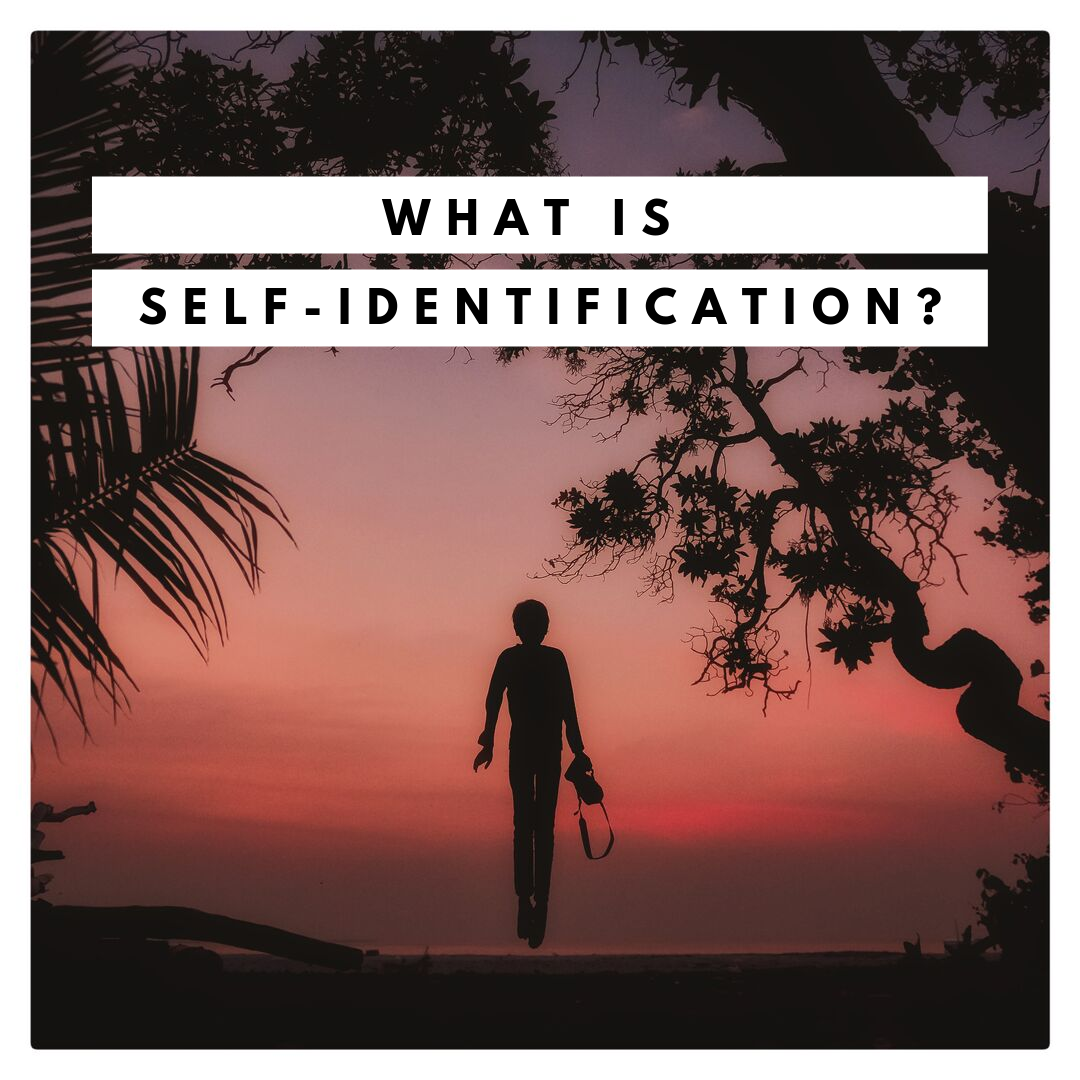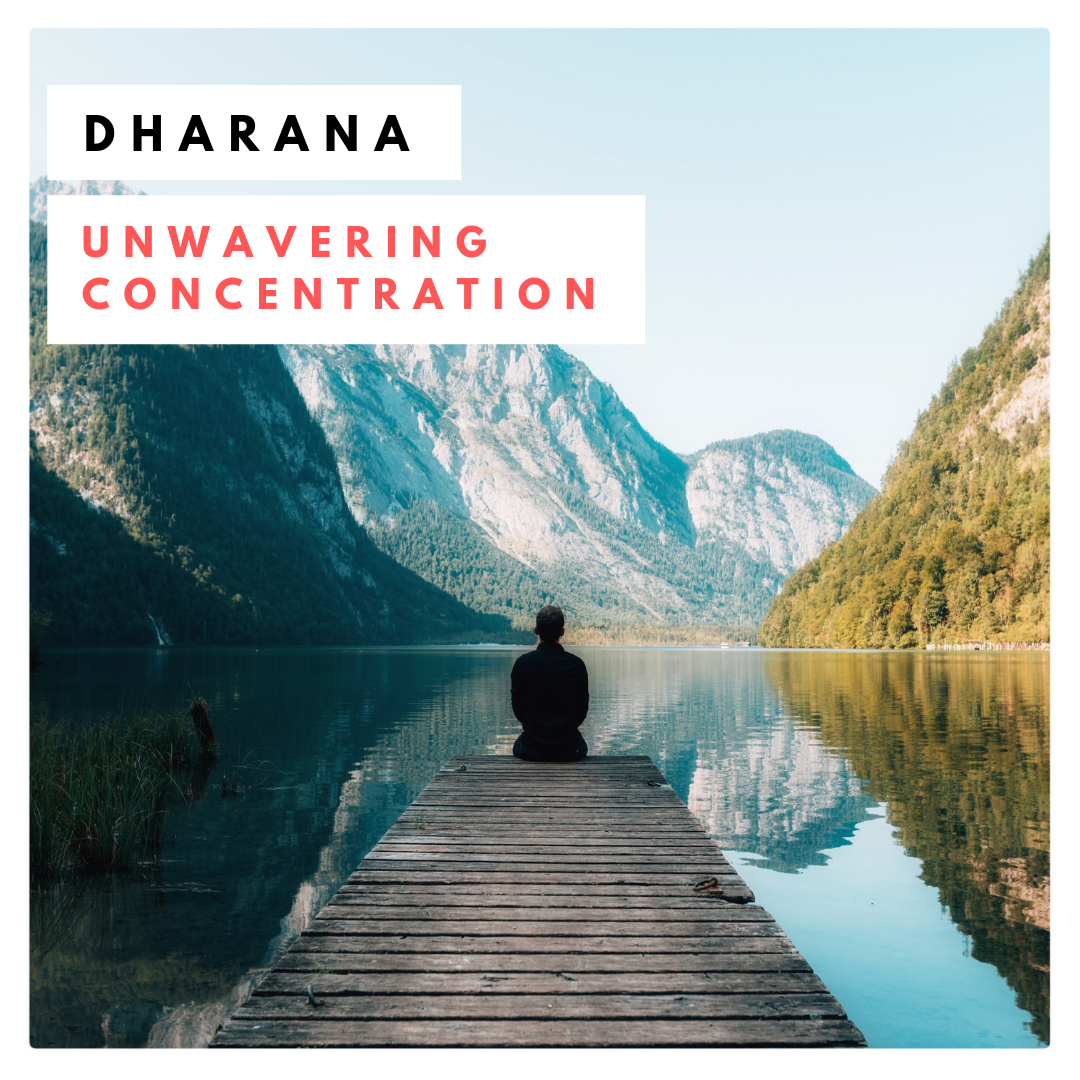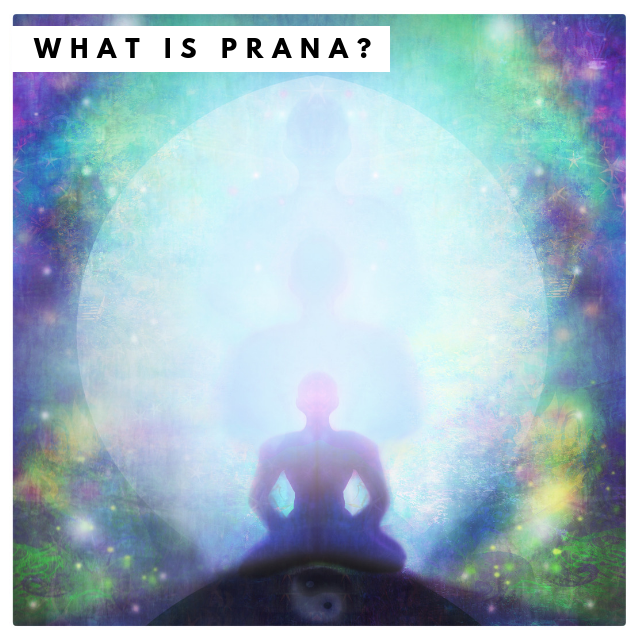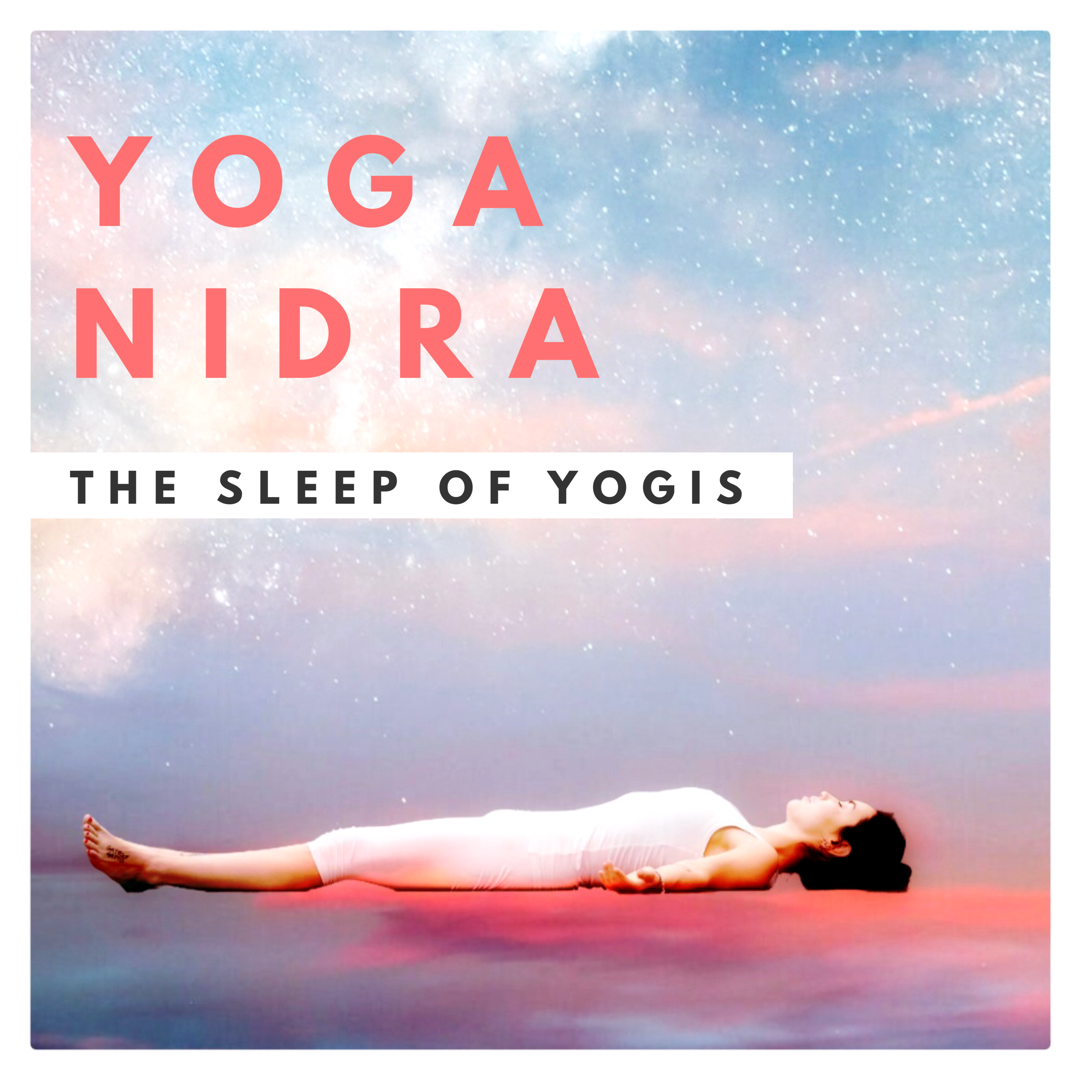Yoga Theory
In this video, Ked speaks about why so many of us often feel anxious and stressed. How meditation returns the mind to a calm state, what Chidakasha meditation is and how mental obstacles are destroyed during meditation.
Meditation helps us realize that the source of all our problems lay within. They are caused by our own inability to deal with the dynamics of life. This realization helps us focus our energy on that part of existence we can immediately change – ourselves.
During the practice of Pranayama the respiratory process and its associated movements within the lungs are controlled. The control of these physical processes allows us to manipulate and move our Prana by will.
Kriya Yoga is hailed as one of the greatest techniques to achieve higher states of consciousness. It is very effective because it directly influences the great Prana known as Kundalini energy, which lies dormant at the base of the spine.
Antar mouna gently redirects the mind to focus on a neutral object of choice. It teaches the mind to observe itself instead of focusing solely on the world around it.
Transcendental Meditation is a simple and effective technique that conditions the mood, nurtures the soul, and ignites the spiritual spark. Adding it to our daily wellness routine promises to help manage stress, minimize anxiety and control blood pressure, amongst other health benefits.
The Sun Salutation or Surya Namaskar is one of the best ways of achieving a vigorous body whilst preparing ourselves for higher yogic practices
Dharma is the universal law that determines the place and role of every creation, from the intelligent human to the smallest microbe. It not only designates a purpose but also decides how every creation should function in harmony with others.
The ability to step back from our idea of ourselves and to be able to witness our own mind and body as though from the outside will help us gain foresight into our true nature.
A full guide to mantra yoga and japa yoga theory, together with a list of the most powerful and popular mantras and chants with their meanings.
The chakras function as controls, which are able to activate our higher capacities of consciousness. Here is a full guide to the chakras.
The benefits of Vipassana and other forms of insight meditation stem from the power that these practices hold to bring us towards inner balance, mental clarity, and non-attachment.
Practising passive meditation regularly with enthusiasm, takes one spontaneously into active meditation over time. As the mind learns to dive deeper into its own depths it relaxes. And over time one finds oneself in a spontaneously meditative state, even while doing mundane tasks.
Dharana translates to “unwavering concentration” and is the sixth limb of Patanjali’s Raja Yoga. The objective of the practice is to maintain a one-pointed mind, free from all mental, emotional and physical distractions.
There are seven dhatus or bodily tissues, which make up the entire human body. When the dhatus are in balance, the individual experiences perfect health and wellness.
Trataka is a powerful form of meditation, which is practiced in both Hatha and Raja yoga. Trataka improves eyesight and develops concentration and memory. It also helps pacify nervous disorders, anxiety and insomnia.
Prana is our very life force and our body needs a certain amount of prana each day. However the prana consumed by the brain is a much subtler version, which requires transformation through certain techniques.
Brahma Muhurta translates to the “time of divinity”, a period which is considered to be the ideal time to practice asanas, pranayama, meditation and mantra chanting.
The practice of Ajapa Japa combines meditation, pranayama and mantra and is one the most important meditative practices which can lead to samadhi or enlightenment.
The whole of creation is formed by Prana – the universal energy from which all energies stem – and Chitta, universal consciousness. Life as we know it arises from the union between Prana and Chitta.
Yoga Nidra is one of the most powerful meditative techniques of the Tantras. The process involves temporarily suspending the connection between the mind and the senses, whilst remaining awake.
The SWAN meditation – short for strengths, weaknesses, ambitions and needs – helps us to do just that. The technique allows us to develop a continuous awareness of the most influential factors of our lives. By practicing the SWAN technique, we learn to see things for what they truly are rather than what we desire them to be.
Karma Yoga is the yoga of action, and one of the four main paths of yoga. Karma yoga teaches us how our deeds can help us grow spiritually and pave the way for self-realisation if they are performed selflessly.
The Kleshas are obstacles to our spiritual progress. By understanding the five Kleshas, learning to reduce their stranglehold on life and destroying them, we can reduce pain and suffering, and finally get a glimpse of Atman – the inner self.
The following text is a description of Ambalatthika-rahulovada Sutta – The Pali text named “Instructions to Rahula at Mango Stone.” The text details the first and one of the most important exhortations given by Buddha to a young Rahula, his son.
Ahimsa is the first and foremost of the yamas and the basis of compassion. Fearlessness, courage and love are all founded on ahimsa.
Guru Poornima is that day in which we can connect with the universal guru energy and to the inner guru tattwa or master element.
Gautama’s Buddha worked ceaselessly for the good of mankind, and was renowned for his ten great virtues: “Itipi So Bhagava Araham Sammasambuddho Vijja-Carana Sampanno Sugato Lokovidu AnuttaroPurisa Damma-Sarathi Sattha Deva-Manussanam Buddho Bhagavathi”
There are four main paths in yoga: Karma yoga, Bhakti yoga, Raja yoga and Jnana yoga. All four paths lead to the same destination, but each one of them is suited to a different temperament or personality.





























![[VIDEO]: The Four Paths of Yoga](https://images.squarespace-cdn.com/content/v1/594a696c20099ea9e1fcb37e/1528992137938-LXIXU99VWJGCEDKLAE44/The+Four+Paths+of+Yoga.png)
Meditation is not about controlling the mind, it is about observing and befriending the mind, with the objective of emptying the mind of all that we do not need. Guided meditation can help this process, easing us into the practice and helping us progress faster by using proven techniques designed to help us achieve deep meditative states.